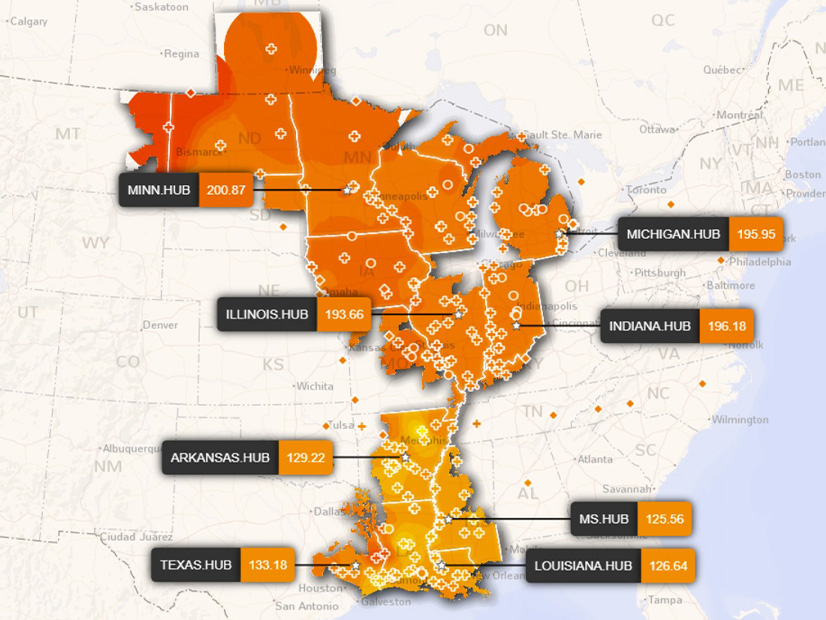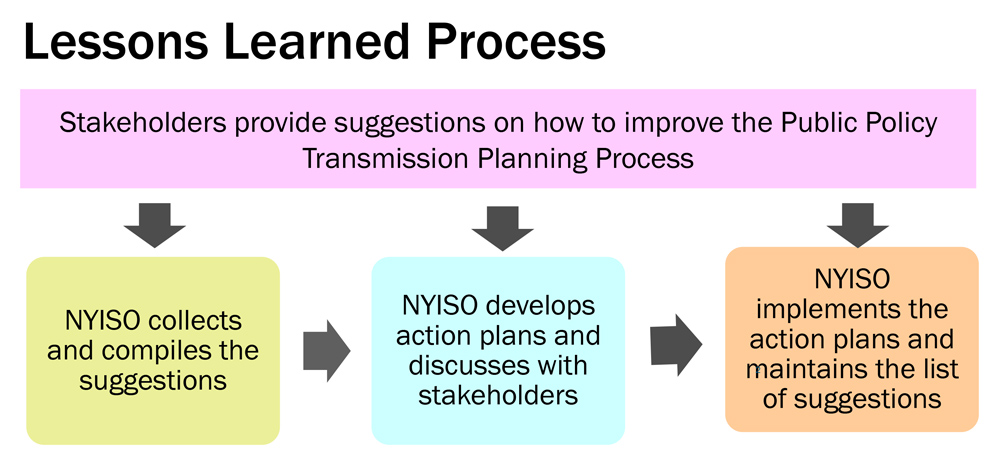A new analysis of five types of grid-scale energy storage finds that closed-loop pumped storage hydropower has the smallest climate impact.
Pumped storage hydro, or PSH, is the dominant form of utility-scale energy storage in the U.S., accounting for most of the installed capacity nationwide.
It also is among the most challenging energy resources to develop, and it provides a slow rate of return on investment. As developers and policymakers push to increase storage to supplement intermittent wind and solar power, batteries are a quicker and easier answer in the early 2020s.
But the new analysis by the National Renewable Energy Laboratory — “Life Cycle Assessment of Closed-Loop Pumped Storage Hydropower in the United States” — finds PSH more closely aligned with climate-protection goals than compressed air storage or three types of battery storage.
When considering the full impact of materials and construction, the analysis concluded, PSH has a lower global warming potential than the four other technologies, with lesser emissions of greenhouse gas.
The authors, who work at NREL’s Strategic Energy Analysis Center, published the paper in the journal Environmental Science and Technology. NREL said it provides new insight on the differences between PSH and the four other types of storage — compressed air and lithium-ion, lead-acid and vanadium redox flow batteries.
“Not all energy storage technologies provide the same services,” co-author Daniel Inman said in a news release. “We looked at compressed-air energy storage, which allows for grid-scale energy storage and provides services like grid inertia and resilience. But pumped storage hydropower is about a quarter of the greenhouse gas emissions compared to compressed air.”
The analysis involved modeling 39 preliminary designs for proposals in the United States with an average capacity of 835 MW. It found PSH carried the lowest global warming potential per unit of electricity generated, followed by the lithium and vanadium batteries, compressed air and lead batteries.
Factors beyond technology also made a significant difference: Building on a brownfield, for example, could reduce the global warming potential by 20%.
The authors factored in all inputs needed to operate and maintain the PSH facilities for 80 years and assumed they would be abandoned intact and not maintained at the end of their useful lives. Demolition likely would increase greenhouse gas emissions substantially, they noted.
Obstacles
The Department of Energy in 2021 reported the 43 PSH facilities in operation at the time had a combined capacity of 21.9 GW and accounted for 93% of the utility-scale energy storage in the U.S.
But that percentage may be changing as batteries are installed in large numbers.
Todd Briggeman, pumped storage development council chair for the National Hydropower Association, addressed the obstacles facing PSH in an article published by the association last week.
With the rapidly increasing need for dispatchable bulk storage, he wrote, PSH is experiencing a renaissance of sorts but has not taken off yet.
He offered several reasons:
-
- The smaller size and modularization of batteries makes them faster and less expensive to deploy.
- Natural gas has lower emissions than coal and is a convenient short-term solution for base-load and peak-load power.
- The capital costs of PSH are high.
- The low rate of return makes PSH a long-term investment, with return on investment taking 40-plus years, more than double other technologies.
- There is not an established futures market for the ancillary benefits of PSH.
Briggeman suggests several changes that could increase market enthusiasm for PSH:
-
- Government incentives have boosted the industry in other countries and are starting to help in the U.S., where there is increased early-stage interest in development of PSH since passage of the IRA.
- Government-imposed targets or mandates might help as well.
- The market value of PSH could increase with market design modifications such as a capacity tariff or rate for ancillary services; this would allow PSH to charge for dispatchable and flexible power services, thereby increasing its competitiveness.
- Treating PSH as a transmission asset and part of grid infrastructure could let utilities access regulatory support and rate structures reserved for transmission; capital costs could be recovered through rates.
- Long-term PPAs with major power users would provide the certainty of revenue that developers need to secure financing.
- PSH could be reimagined as a scalable, modular energy source; smaller facilities would not entail the high upfront capital and real estate needs of projects that typically run in the 400- to 1,600-MW range.
Other Environmental Impact
The Department of Energy’s Water Power Technologies Office in 2019 launched its HydroWIRES Initiative (that’s Water Innovation for a Resilient Electrical System) to document and support hydropower’s role in the nation’s electricity system.
It seeks to understand and drive use of hydro resources to reduce costs while contributing reliability and resilience.
One result was a 2020 Pacific Northwest National Laboratory report that examined the environmental impacts of PSH.
Hydro dams are viewed with skepticism by some environmentalists, who say hydropower is not nearly as benign as represented. This can lead to opposition to PSH proposals and, in combination with the factors Briggeman cited, further complicate attempts to build PSH facilities.
The 2020 report — “A Comparison of the Environmental Effects of Open-Loop and Closed-Loop Pumped Storage Hydropower” — attempted to draw some distinctions within the PSH sector.
It noted that all 43 of the PSH projects operating in the U.S. at the time were open-loop — they dam a naturally flowing body of water and use it as their lower reservoir.
By contrast, many of the proposals under consideration now are closed-loop designs — two static reservoirs that draw water for the initial fill and then draw only as needed to replace evaporation or ground seepage.
The closed-loop design has greater flexibility in siting. The 2020 report concluded closed-loop PSH generally has a lower environmental impact, as well, although its effect on geology, soil and groundwater could be greater than open-loop systems in certain circumstances.

